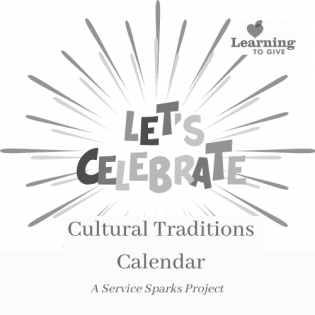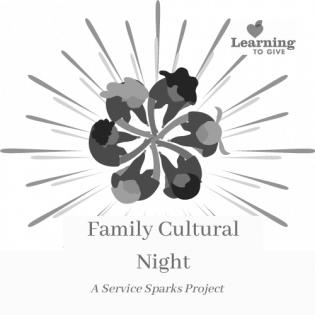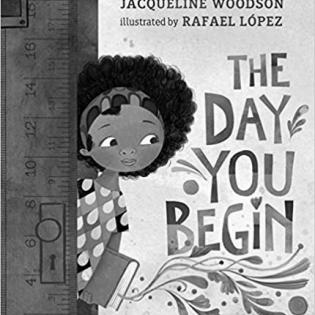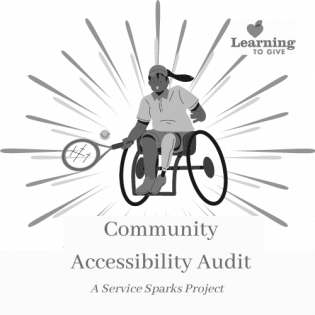Young people discuss and debate the issues related to ethical consumerism and the common good, and consider how their spending habits reflect their values.
Filter by subjects:
Filter by grades:
Filter by audience:
Filter by issue area:
Filter by content type:
Filter by resource type:
resource search
Ignite meaningful action that lights up the world through "Service Sparks" youth projects! Add a variety of cultural holidays to your annual calendar to raise awareness of the variety of ways people celebrate their cultural traditions. Learning about other cultures helps us see the beauty in our similarities and differences. We can reflect on whether there are core values in every culture and how our differences add interest and strength to our community.
Ignite meaningful action that lights up the world through "Service Sparks" youth projects! Plan an event that recognizes and celebrates the variety of cultures in your community. Invite the entire community to attend in order to learn about and connect with their neighbors.
Through an activity with differently wrapped gifts, youth examine the meaning of stereotypes and prejudice. They discuss the importance of respecting diverse voices to avoid stereotyping and prejudice.
Young people examine the meaning of and examples of stereotypes, prejudice, and discrimination. They work in groups to propose ways to help reduce stereotyping, prejudice, and discrimination.
Participants examine the meaning of and examples of stereotypes, prejudice, and discrimination. They reflect on ways that stereotypes develop and have the potential to turn into discrimination.
It takes courage to be yourself when you feel different. Jacqueline Woodson leads the reader through several scenarios of children being different than those around them. She shows how it feels to be an outsider and different.
Ignite meaningful action that lights up the world through "Service Sparks" youth projects! Learn about ways people with different disabilities gain equitable access to places. As you walk through the community look at ways we make places more accessible for people with vision, hearing, or mobility issues. When there is room for improvement, take action to raise awareness of needs.
Young people assess their personal diets and view pictures of families around the world with the food they eat in a week. Through awareness and discussion, they view cultural and regional differences. They research community or world issues associated with food and health.
In this lesson, young people examine their typical diet for 24 hours. They analyze the nutritional content and discuss why diets differ by culture, region, and economics.



